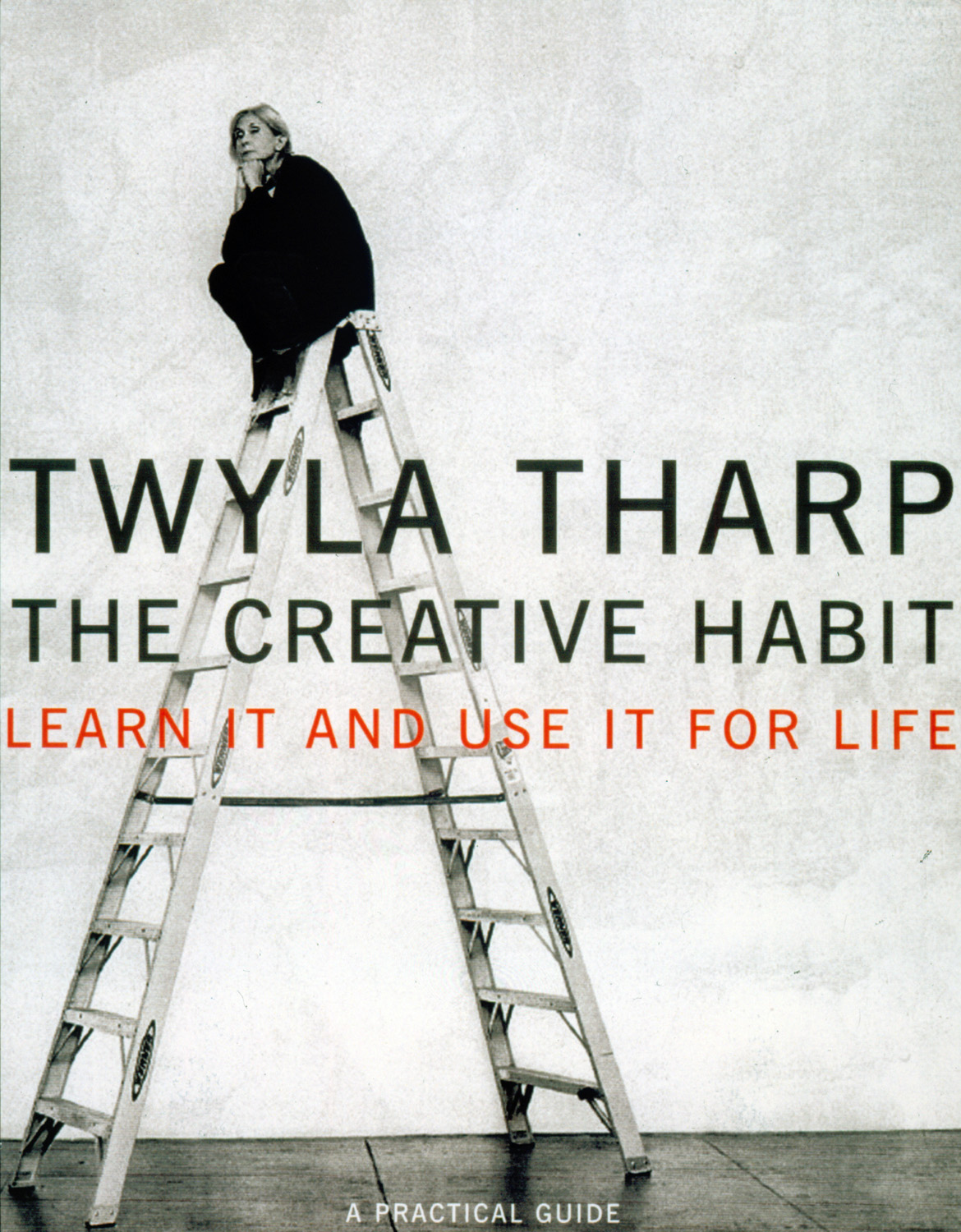The Creative Habit
Twyla Tharp, 2007, The Creative Habit: Learn It and Use It for Life
1 Book Image
2 More info
What makes someone creative? How does someone face the empty page, the empty stage and making something where nothing existed before? Not just a dilemma for the artist, it is something everyone faces everyday. What will I cook that isn’t boring? How can I make that memo persuasive? What sales pitch will increase the order, get me the job, lock in that bonus? These too, are creative acts, and they all share a common need: proper preparation. For Twyla Tharp, creativity is no mystery; it’s the product of hard work and preparation, of knowing one’s aims and one’s subject, of learning from approaches taken in the past. It’s a process undertaken every day. It’s a habit. The Creative Habit is not merely a look inside the mind of a remarkable woman with remarkable skills, but a programmatic, inspiring, encouraging guide to help each of us achieve our fullest creative potential.
